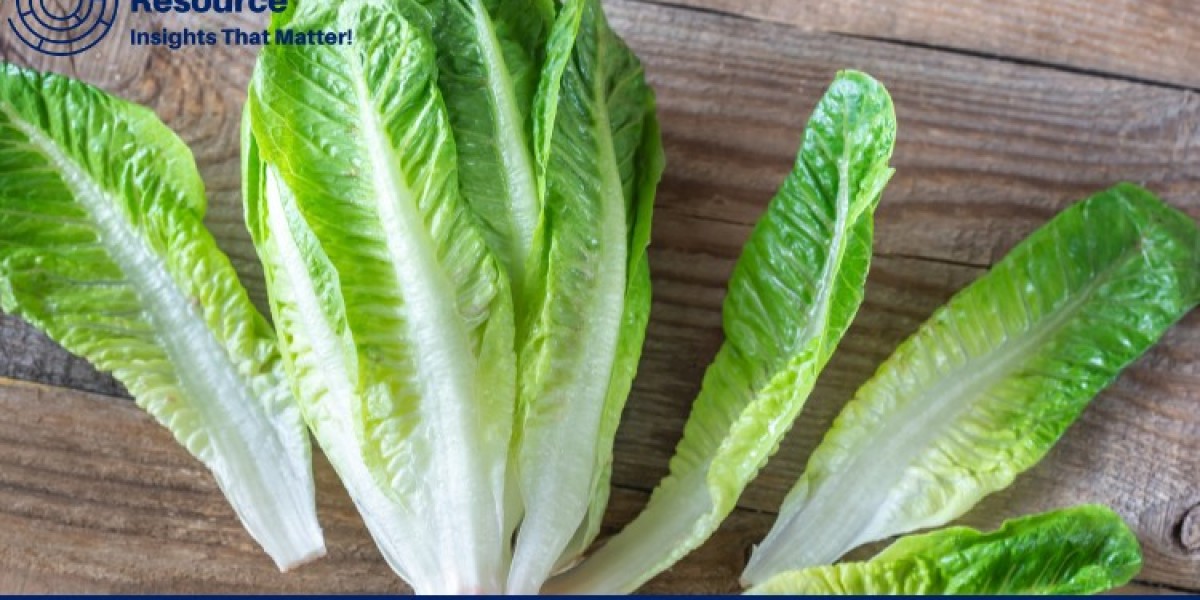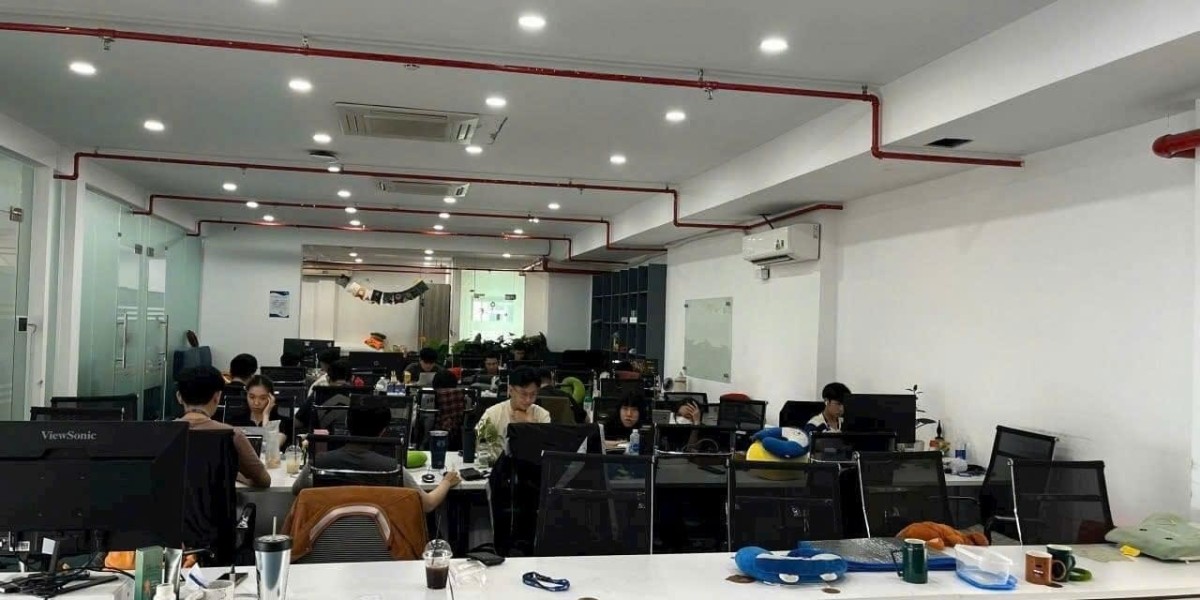Lettuce, a staple in the global food industry, is widely consumed for its crisp texture and versatility in salads, sandwiches, and wraps. As one of the most popular leafy vegetables, the Lettuce Price Trend can have significant implications for both consumers and businesses. The price of lettuce is influenced by various factors, including supply and demand, weather conditions, transportation costs, and market dynamics. In this press release, we delve into the current Lettuce Price Trend, provide an in-depth analysis of market factors, and explore how key trends are shaping the lettuce market. We also take a look at the Lettuce Price Chart, Price News, Price Index, and Price Graph to give readers a complete picture of the market situation.
What is the Lettuce Price Trend?
The Lettuce Price Trend refers to the fluctuations and patterns in the price of lettuce over time. Prices are influenced by several factors, such as seasonal demand, supply chain conditions, and weather patterns that affect crop yields. Historically, lettuce prices experience seasonal fluctuations, with prices generally peaking during off-season months when the supply is limited. During peak harvesting months, prices tend to stabilize or decrease due to increased supply.
Request a Free Sample – https://www.procurementresource.com/resource-center/lettuce-price-trends/pricerequest
The global lettuce market is highly seasonal, with different varieties (such as iceberg, romaine, and butterhead) being harvested at various times of the year. Therefore, the Lettuce Price Trend can vary significantly by region and variety, and it is important for stakeholders, including farmers, retailers, and consumers, to stay informed about these price movements to make effective decisions.
Lettuce Price Analysis: Key Market Drivers
An in-depth Lettuce Price Analysis is essential to understand the various factors that impact the market. Several critical drivers shape the Lettuce Price Trend, including:
1. Seasonal Factors and Harvest Cycles
Lettuce is a crop that is highly sensitive to seasonal changes, and price movements are closely tied to the harvest season. Prices are typically lower during the peak harvest season when lettuce is abundant, but they can rise sharply during the off-season, especially in colder regions where lettuce is not grown year-round.
2. Weather Conditions and Climate Change
Weather plays a crucial role in the growth and supply of lettuce. Excessive rainfall, drought, or temperature extremes can damage crops, resulting in reduced yields and higher prices. Climate change is also contributing to more erratic weather patterns, which may increase volatility in lettuce prices over the long term.
3. Supply Chain Disruptions
Lettuce is a highly perishable commodity, and its price is sensitive to any disruptions in the supply chain. Issues such as transportation delays, labor shortages, or disruptions in production due to plant diseases can result in short-term price hikes. Any disruption to the supply chain, especially during peak seasons, can lead to significant price increases.
4. Demand Shifts
Consumer demand for lettuce is influenced by factors like health trends, dietary preferences, and changes in food consumption habits. As consumers become more health-conscious, the demand for fresh vegetables, including lettuce, increases. Additionally, the growing popularity of salads and healthy meal options boosts the overall demand for lettuce, influencing price trends.
5. Global Trade and Import-Export Dynamics
International trade policies and global supply chains also affect lettuce prices. Countries that import large quantities of lettuce, such as the U.S. and European nations, are vulnerable to changes in trade tariffs, import restrictions, or supply shortages from major producing countries. For instance, if Mexico, a major lettuce exporter, faces disruptions, it could result in price spikes in importing countries.
6. Costs of Inputs
Rising costs of inputs such as labor, fertilizers, and pesticides also affect the price of lettuce. If farmers face increased production costs, these may be passed on to consumers in the form of higher prices. Furthermore, fluctuations in fuel prices can raise transportation costs, which also impacts the final price of lettuce at retail.
Lettuce Price Chart: Tracking Historical Price Movements
A Lettuce Price Chart is an essential tool for tracking price fluctuations over time. It provides valuable insights into the historical trends in lettuce pricing, which can be beneficial for farmers, retailers, and investors looking to understand price patterns and forecast future price movements.
Key Insights from the Lettuce Price Chart:
- Seasonal Price Variations: The chart can show clear seasonal trends, where prices are typically lower during the peak harvest seasons (spring to autumn) and higher during the off-seasons (winter months).
- Impact of Weather Events: The chart also helps identify periods of price volatility, often triggered by extreme weather events like droughts or hurricanes, which can lead to a reduced supply and consequently higher prices.
- Geographic Differences: Regional price variations are also visible on a price chart, especially between major lettuce-producing areas like California, Arizona, and Mexico, and importing regions.
- Consumer Demand Fluctuations: The chart can show how consumer demand influences price fluctuations, especially during peak holiday seasons when lettuce consumption rises.
By analysing the Lettuce Price Chart, businesses can anticipate price shifts and make informed purchasing decisions to minimise costs and maximise profit margins.
Lettuce Price News: Key Updates Affecting the Market
The Lettuce Price News section is vital for staying up to date with real-time developments in the market. Information regarding supply chain disruptions, crop forecasts, changes in import/export policies, and other market-moving news directly affects the Lettuce Price Trend.
Key Lettuce Price News Highlights:
Weather-Related Disruptions: Recent news reports have highlighted crop damages due to unusual weather patterns in major lettuce-growing regions like California and Arizona, leading to increased lettuce prices in the U.S. market. Extreme weather conditions, such as heavy rains or heatwaves, have caused delays in harvesting, reducing supply and pushing prices up.
Labor Shortages: The ongoing labor shortage in the agricultural sector has been another contributing factor to rising lettuce prices. The lack of seasonal workers in key regions has slowed harvesting processes, leading to short-term price increases.
Supply Chain Bottlenecks: Global supply chain disruptions, including trucking and shipping delays, have made it difficult for lettuce to be transported to markets on time. These issues have resulted in higher transportation costs, which ultimately affect retail prices.
Trade Tariffs: Any significant changes in trade relations between major lettuce exporters (such as Mexico) and importing countries like the U.S. or Canada can have an immediate impact on lettuce prices. For example, the imposition of new tariffs or trade restrictions could raise the cost of imported lettuce, leading to higher consumer prices.
Staying updated with Lettuce Price News ensures that consumers, retailers, and producers are aware of the factors that can lead to sudden price shifts.
Lettuce Price Index: A Comprehensive Benchmark for Market Trends
The Lettuce Price Index is a critical benchmark for understanding the overall trends in the lettuce market. This index tracks the average prices of lettuce over a given period and offers a broader view of market performance. It serves as an essential tool for assessing price fluctuations, evaluating market trends, and making purchasing decisions.
Features of the Lettuce Price Index:
- Regional Coverage: The index includes data from various regions, allowing for a comprehensive analysis of price trends in both domestic and international markets.
- Historical Price Data: The index tracks historical data and helps identify long-term price movements, offering insights into both cyclical and secular trends in the lettuce market.
- Price Benchmarking: The lettuce price index provides an overall benchmark for lettuce pricing, helping stakeholders compare current prices to historical averages and forecasts.
The Lettuce Price Index is particularly useful for large retailers and wholesalers, who need to track price trends over time and align their procurement strategies accordingly.
Lettuce Price Graph: Visualizing Market Trends
A Lettuce Price Graph is an essential visual tool for understanding price movements at a glance. The graph typically plots lettuce prices over time, showcasing periods of price fluctuations, price peaks, and troughs, all of which are influenced by factors such as supply and demand, climate conditions, and global trade dynamics.
Key Insights from the Lettuce Price Graph:
- Price Trends and Forecasts: The graph can show the historical performance of lettuce prices, indicating when prices tend to peak and fall.
- Seasonal Patterns: It offers clear visualisation of seasonal price variations, with higher prices often appearing in months when lettuce production is low.
- Price Spikes: The graph can highlight periods of sudden price spikes due to factors like supply chain disruptions or adverse weather events.
The Lettuce Price Graph is invaluable for both consumers and businesses to understand when prices are likely to be at their highest or lowest, helping them plan their purchasing and sales strategies accordingly.
Contact Us
Company Name: Procurement Resource
Contact Person: Amanda Williams
Email: sales@procurementresource.com
Toll-Free Numbers:
USA copyright: 1 307 363 1045
UK: 44 7537171117
Asia-Pacific (APAC): 91 1203185500
Address: 30 North Gould Street, Sheridan, WY 82801, USA





